$5.00
Native Evergreen Perennial. Fern Like Foliage. Showy Pink or White Flowers. Larval host of Painted Lady Butterfly. Pollinated by butterflies, bees, beneficial insects (waspsbee flies and beetles. The Xerces Society rates them as specially valuable to Native Bees and Beneficial Insects. Foliage 6″-12″ tall.. Flowering Stalks 2′-3′ tall. Edible. Medicinal. Sun or part shade. Average to Dry soil. Sand or Clay. Does well in acid to circumneutral soil. Deer-resistant. Nice Groundcover. Native to Coastal SC and most of the Eastern US. Propagation Source: Old Homesite, Charleston Co., SC and Bibb Co., GA.
Description
There are native and non-native yarrow growing in the US. Ours are the native type. They were formerly included within the Eurasian Achillea millefolium, and Achillea borealis. The 3″-5″ ferny leaves on this evergreen groundcover are topped with 1′-2′ tall clusters of pink flowers which turn white after pollination to indicate to pollinators which flowers still have food. (It is possible that some of them are white when they open). Flowering occurs from April to July in the South and July to September in the North. The flowers attract numerous pollinators including butterflies, bees, beetles and beneficial insects such as flies and wasps. It is a larval host of the Painted Lady Butterfly. Numerous insects (including a multitude of moth caterpillars) feed on the foliage making a patch of yarrow good hunting grounds for mother birds. Birds also eat the seeds. Check the link below to read how some birds add yarrow leaves to their nests to deter nest parasites. Plants spread by stolons to form dense patches. Some people use them as lawn substitutes. Edible leaves make a nice addition to salads. Yarrow leaves have been used medicinally around the world. One usage is to stop bleeding, that is why they were named after the Achilles, the famed warrior. I have treated a friend’s nosebleed. It worked immediately.
Achillea sps. are native in all Canadian Provinces, All US States (except Hawaii) and most of Mexico. Names have changed. Our plants were formerly included in the Eurasian species A. millefolium and in the Western US species A. borealis. Since theses species have only recently been separated, it is unclear as to how far the native range of A. gracilis extends.
We collected our initial propagation material from the base of a cinderblock wall and right next to a highway by an abandoned store in Charleston Co. SC. The ground was more concrete crumbs and gravel than soil. We added more propagation material from my Dad and Stepmom’s garden in Bibb Co., GA in Spring 2023. The ground was hard clay at that location. It can take the worst conditions but will grow more robustly in better soil. Plants grow best in full sun to part shade and average to dry well drained soil. Deer avoid Yarrow. Plant it around your tastier plants to protect them.
Birds using Yarrow as Nesting Material. https://blog.nature.org/science/2016/06/20/self-medication-wildlife-style-how-birds-creatures-medicinal-plants/
Additional information
| Weight | N/A |
|---|---|
| Dimensions | N/A |
| Size | 3.5" pot |

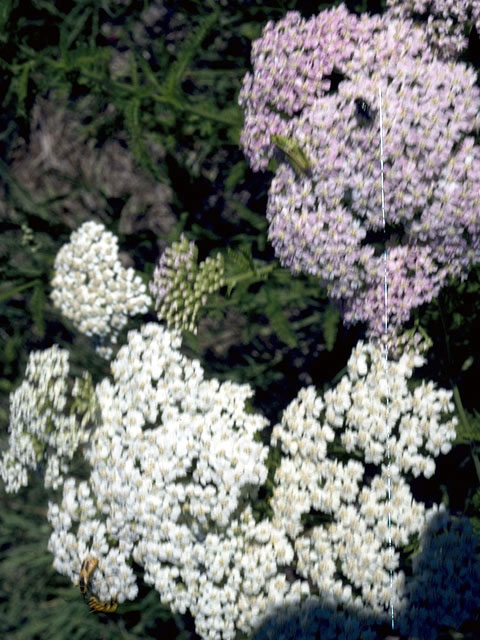
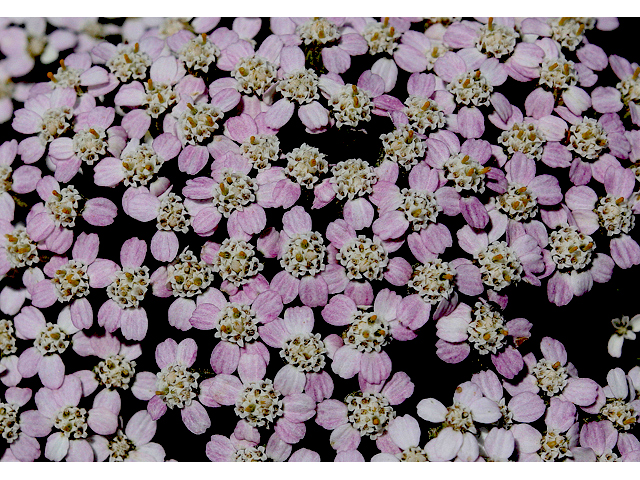
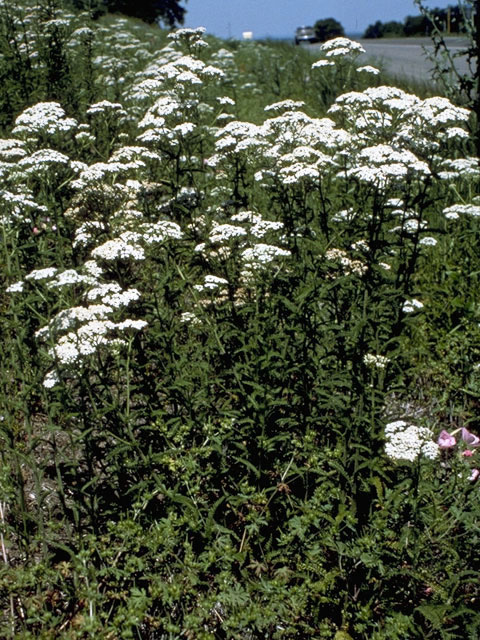
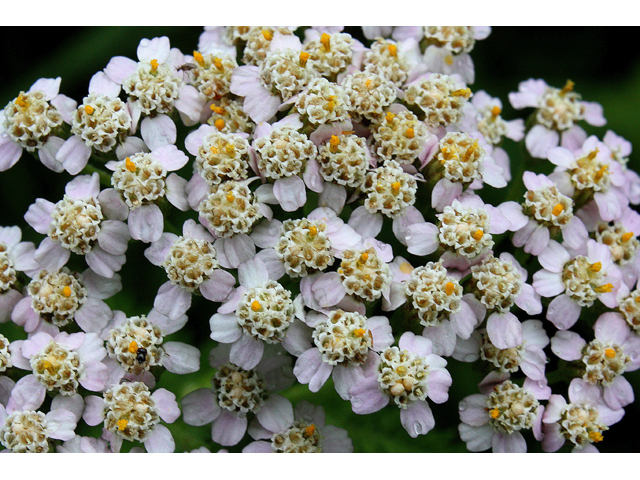
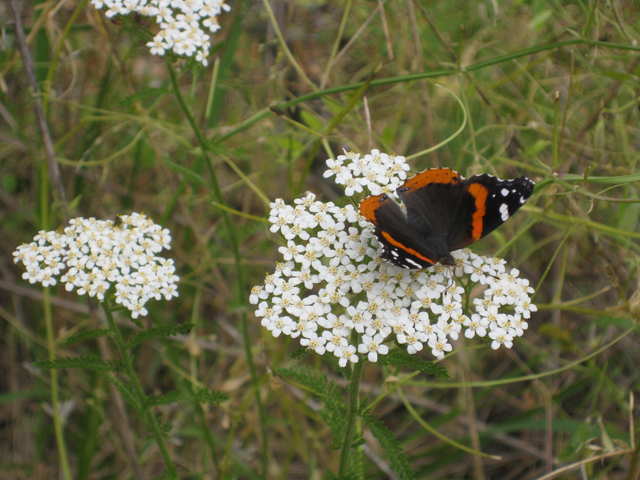
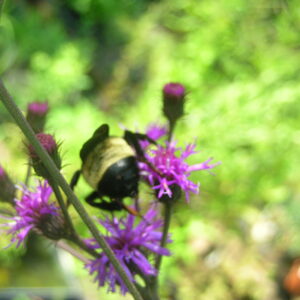
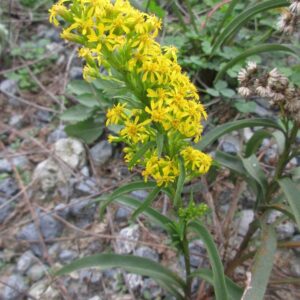
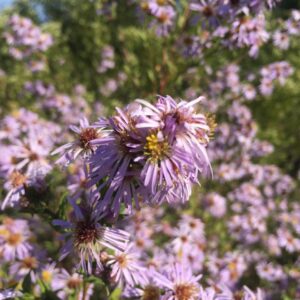
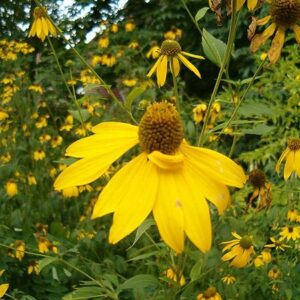
Reviews
There are no reviews yet.